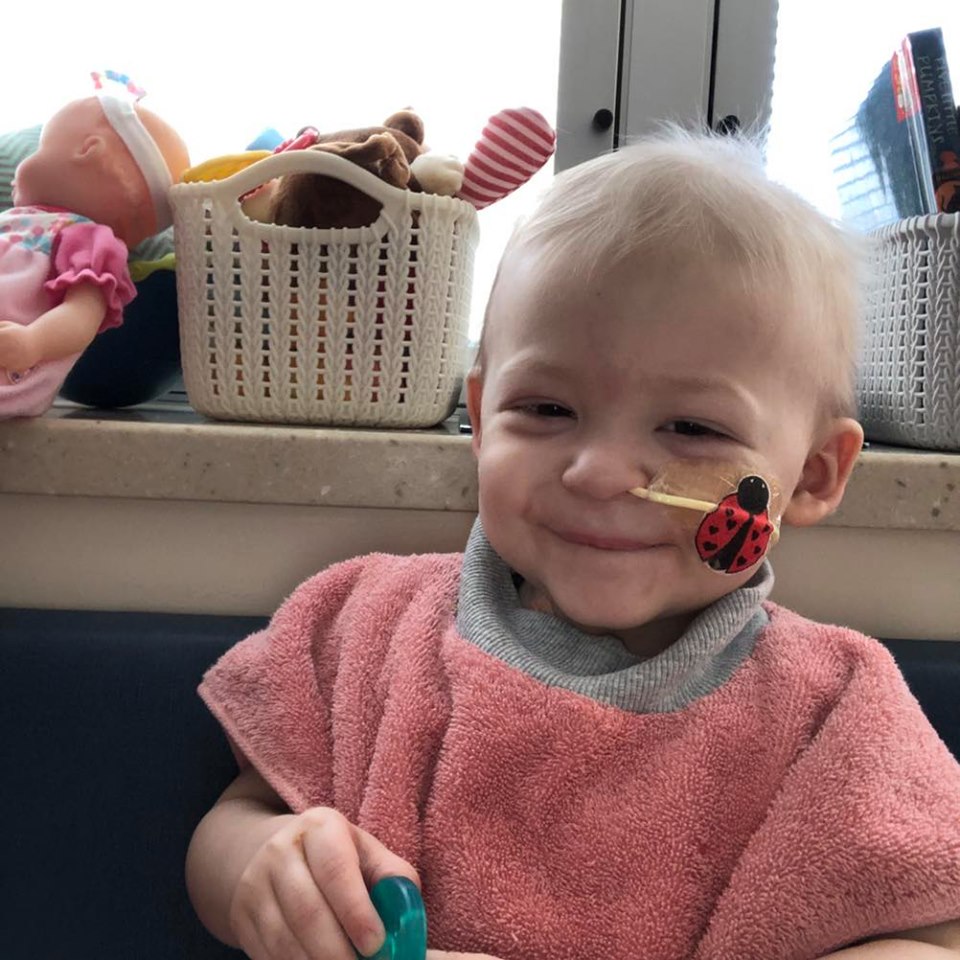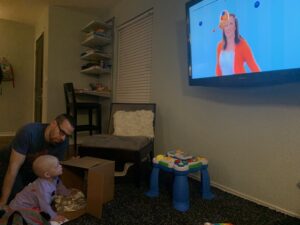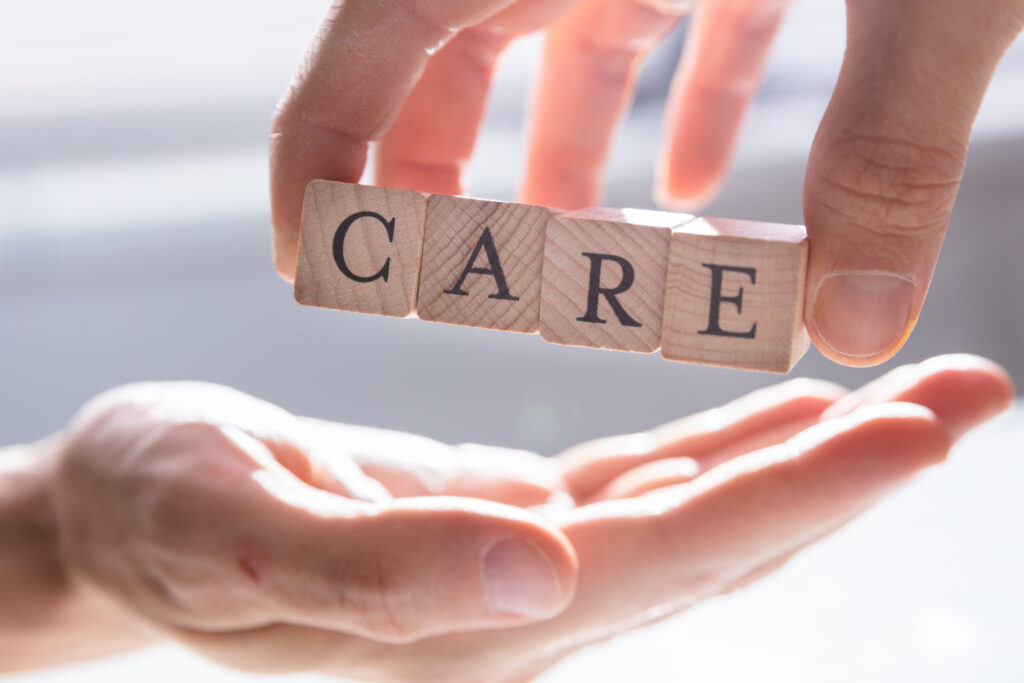September is a full month for awareness issues, and while we cannot possibly cover every one of them, we’re going to look at a couple of them. One of September’s titles is Childhood Cancer Awareness Month. While childhood cancer is an issue that many of us have not dealt with personally, there are many who have dealt with it quite personally. And so, it’s an issue that we should be willing to understand in a deeper way.
The first way to do this is to increase our awareness about childhood cancer. The co-founder and executive director of The Morgan Adams Foundation, Joan Slaughter, states, ““One of the greatest obstacles we face is lack of awareness. Unless someone has been personally affected by a child’s experience with cancer, it is very difficult to understand the true reality — once a family hears their child has cancer, no one’s life will ever be the same.”
It’s easy for a lot of us to think that it is a rare issue, but that is not the case. In fact, according to St. Jude Children’s Research Hospital, cancer kills more children in the United States than any other disease.
The Morgan Adams Foundation lists some sobering facts:
- Cancer is the leading disease-related cause of death in children
- In the U.S., 43 children receive a cancer diagnosis each day — nearly 16,000 per year. That’s 1 in 285 children.
- Of every eight children diagnosed with cancer, one will not survive.
- Only 4 percent of National Cancer Institute research funding goes to study pediatric cancer.
- One hospitalization for a pediatric cancer patient costs more than $40,000 on average.
What is childhood cancer?
Childhood cancer is not one singular disease. It usually refers to a cancer found in children, teens, and even some young adults. Just like any cancer, there are many types, and they can be found in different places in the body. The most common cancer in children, though, is leukemia, which is a type of blood cancer. Other types are lymphoma (cancer in the lymph nodes), brain tumors, and tumors in the muscles, bones, and skin.
What Causes Cancer in Children?
According to St. Jude Children’s Research Hospital, the causes of childhood cancer are not completely understood. Adult cancers can often be linked to lifestyle or environment, but childhood cancers seem to occur more by chance. They have identified that in about 8% of cases, children are born with genetic changes that increase their risk of getting cancer.
This is helpful, because knowing what genetic changes caused a cancer can help a doctor to diagnose it more effectively.
Treating Cancer in Children
Treatment of course depends on the type of cancer, but it includes the standard cancer treatments of surgery, chemotherapy, radiation therapy, and sometimes immunotherapy (increasing or decreasing a natural immune system response). There is also substantial research to develop new therapies for children,
Cancer treatment is a lot for any family to go through. If you know a family dealing with this, see if you can support them in some way. Bring a meal, watch their other children, or think of another way to bring them some relief, a break, or a way to laugh and have fun.

Surviving childhood cancer
The childhood cancer survival rate has increased from 20% to over 80% in the last 50 years! And hospitals like St. Jude are determined to continue working toward a 100% survival rate. In the U.S. there are about 420,000 adult survivors of childhood cancer.
How you can help
If you know a family dealing with childhood cancer, you have a direct way to encourage and support them. But even if you don’t have a personal connection to childhood cancer, you can get involved and help in some way. St. Jude Children’s Research Hospital, The Morgan Adams Foundation, and Cure Childhood Cancer, and many other organizations each have many ways you can help.
No matter what level of involvement you feel you can participate in, we each need to start with awareness. Cure Childhood Cancer is sharing personal stories every day in September here. This is a great way to learn about actual children who have battled cancer. The more we understand, the more we can help!
And don’t be afraid to share this responsibility with your kids! While it can be heavy for them, they are equipped with tremendous amounts of empathy and willingness to help hurting people. They’ll have fun bringing dinner to another family or visiting other children, even making new friends through the process. And these signs could be a great way to tell them how they can be a blessing by showing love to someone else that day.
What does signing have to do with childhood cancer?
Signing helps children tremendously while in the hospital. The entire hospital experience can be overwhelming for a child. Signing helps young children who aren’t speaking clearly yet to communicate their needs and feelings. For older children, the simplicity of a sign can make it so much easier for them to communicate, even if they do usually speak well. Signing to a parent can feel safer than speaking up in front of medical staff. We’ve heard testimonials about the helpfulness of watching and learning from Signing Time videos in the hospital, and how the newly learned signs helped children communicate better during such a difficult time. Parents have said that watching Signing Time videos provided security and peace for their children while in the hospital.
One of our dear fans was diagnosed with leukemia at the age of 8 months. Sadly, she passed away, but her family wanted us to know how much Signing Time and the ability to sign helped their daughter. Here is a portion of their story:

“(She) was hospitalized for the majority of the last 14 months of her life. Baby Signing Time was her outlet for communication. She was very advanced in signing for a 23-month-old thanks to Rachel and the TreeSchoolers. Signing Time was utilized as a way to relax her, distract her, entertain her and infuse happiness in her.

When back home for a short time and needing to administer 15 medications a day, we desperately needed to find something to switch our daughter’s focus, but also wanted it to be educational. Rachel to the rescue! Your videos were a constant on her hospital room TV and at home. “Box of Crayons” was (her) favorite Signing Time video.”
Signing Resources
In Signing Time Volume 10 (My Home) and Volume 11 (My Neighborhood) we have so many more signs for things like hurt, help, safe, doctor, nurse, pillow blanket, and light.
To access these videos and for even more resources about signing with your children about any topic, take a look at a digital subscription with MySigningTime with our 14-day free trial.
Childhood cancer is a difficult topic, but it’s important to understand this issue and to support those who are living through it.

